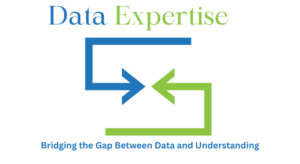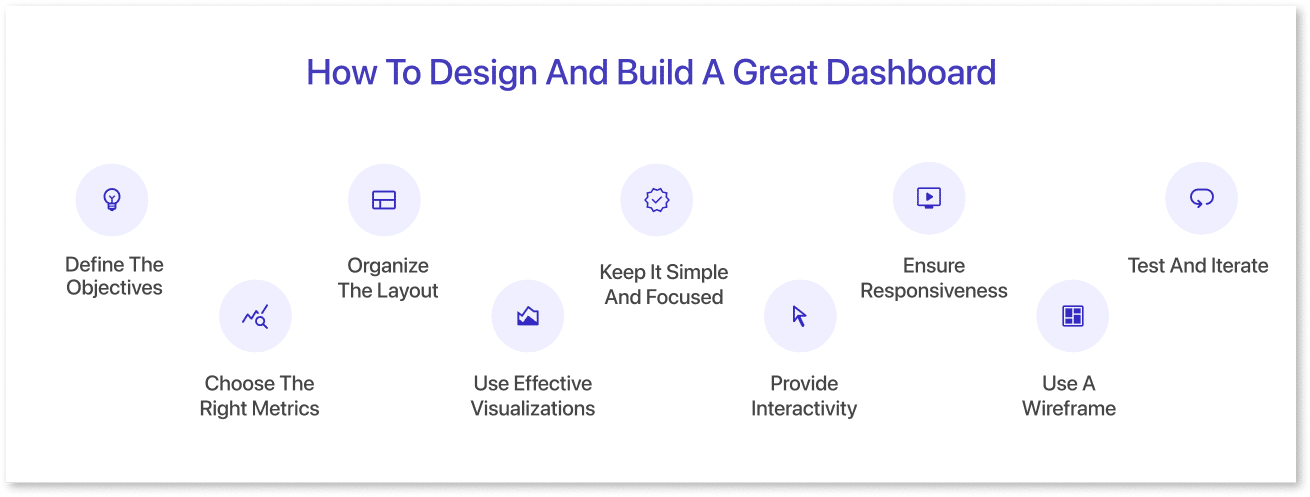Introduction
Data analytics is one of the fastest-growing fields in the tech industry, attracting individuals from diverse educational and professional backgrounds. Many beginners wonder: Can I learn data analytics in 3 months? The answer depends on various factors such as dedication, learning style, and prior knowledge of statistics, programming, and analytical thinking.
In this article, we will explore whether learning data analytics within three months is feasible, what challenges beginners may face, and the best strategies to accelerate the learning process.
Is Data Analytics Hard for Beginners?
Data analytics may seem challenging for beginners, but it is not impossible to learn. It requires knowledge of various tools, techniques, and problem-solving skills. The difficulty level depends on the following factors:
1. Understanding Data and Statistics
One of the fundamental aspects of data analytics is working with numbers, statistical concepts, and data interpretation. Beginners with no background in mathematics or statistics might find it challenging initially, but with consistent effort, they can grasp the basic concepts such as probability, mean, median, variance, and correlation.
2. Learning Programming Languages
Most data analytics roles require knowledge of programming languages like Python, SQL, and R. Python is widely used due to its extensive libraries for data analysis, such as Pandas, NumPy, and Matplotlib. SQL is essential for querying databases and handling large datasets. Learning programming from scratch can be overwhelming, but interactive coding platforms and structured courses can make it easier.
3. Working with Data Visualization Tools
Data visualization helps in communicating insights effectively. Tools like Tableau, Power BI, and Matplotlib are commonly used for creating charts, graphs, and dashboards. Beginners may struggle with understanding which type of visualization works best for specific datasets, but with practice, this skill can be mastered.
4. Problem-Solving and Critical Thinking
A major part of a data analyst’s job is to solve real-world problems using data. This requires a strong analytical mindset and the ability to draw insights from raw data. Critical thinking and logical reasoning play a significant role in making data-driven decisions.
How to Learn Data Analytics in 3 Months
If you are committed to learning data analytics in three months, you need a structured plan that covers theoretical and practical aspects. Below is a step-by-step approach:
Month 1: Building the Fundamentals
- Learn Basic Statistics: Understand concepts like mean, median, standard deviation, correlation, regression, and probability.
- Master Excel: Many entry-level data analytics tasks involve Excel for data cleaning and basic analysis.
- Get Started with SQL: Learn how to retrieve and manipulate data from databases.
- Introduction to Python: Focus on basic programming concepts, data types, loops, and functions.
- Practice Data Cleaning: Work on cleaning messy datasets using Python’s Pandas library.
Month 2: Intermediate Skills Development
- Advanced SQL Queries: Learn joins, subqueries, and aggregation functions.
- Data Visualization: Get hands-on experience with Tableau, Power BI, or Matplotlib.
- Exploratory Data Analysis (EDA): Learn how to explore datasets and find patterns.
- Learn Pandas and NumPy: These libraries help in data manipulation and numerical analysis.
- Start Working on Small Projects: Apply what you have learned to real datasets.
Month 3: Advanced Learning and Real-World Application
- Machine Learning Basics: Understand regression, classification, and clustering techniques.
- Data Storytelling: Learn how to present findings effectively to stakeholders.
- Work on a Capstone Project: Choose a real-world dataset and conduct an end-to-end analysis.
- Practice Case Studies: Solve case studies to improve problem-solving skills.
- Build a Portfolio: Showcase your projects on GitHub or Kaggle to enhance your job prospects.
Challenges in Learning Data Analytics in 3 Months

1. Information Overload
With so many tools and concepts to learn, beginners might feel overwhelmed. The key is to stay organized and focus on the most essential skills.
2. Lack of Hands-on Practice
Data analytics is a practical field that requires continuous practice. Simply watching tutorials is not enough; working on real-world datasets is crucial.
3. Time Constraints
If you are balancing a full-time job or other commitments, dedicating enough time to learn data analytics within three months can be difficult.
4. Technical Challenges
Beginners with no programming experience may find coding intimidating. However, consistent practice and online support communities can help overcome this hurdle.
Tips for Success
- Follow a Structured Learning Path: Enroll in a well-structured course on platforms like Coursera, Udemy, or DataCamp.
- Join Online Communities: Participate in forums like Stack Overflow, Kaggle, or LinkedIn groups to connect with other learners.
- Work on Real Projects: Apply your skills to real datasets to build a strong portfolio.
- Seek Mentorship: Find experienced data analysts who can guide you and provide career advice.
- Stay Consistent: Learning daily, even for an hour, can make a big difference over three months.
Conclusion
So, Can I learn data analyst in 3 months? Yes, but with certain limitations. While you may not become an expert, you can certainly gain enough knowledge to apply for entry-level jobs or internships. The key to success is dedication, consistent practice, and a strong learning plan. By focusing on fundamental skills, working on real projects, and continuously improving, you can kickstart your career in data analytics within three months. However, mastery will require continuous learning and hands-on experience. Keep pushing forward, and you’ll be on your way to becoming a proficient data analyst!



